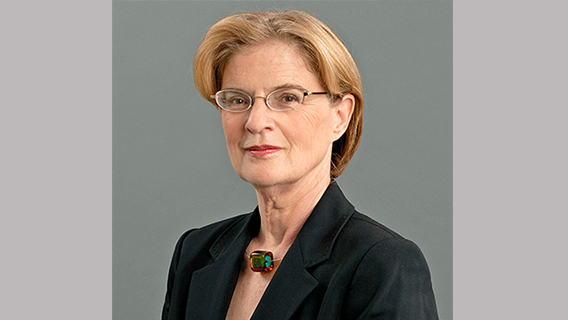Finishing out the 2023 Real Estate Impact Conference was an in-depth discussion of the ever-important question of where the money comes from to support Miami’s future growth. Joining that panel were Ralph Rosenberg, Global Head of Real Estate for KKR and Roy Hilton March, CEO of Eastdil Secured, who shared their expert views on the movement in the financial sector impacting the current real estate environment.
Transition was a recurrent theme throughout the discussion, with recession fears easing around the world as inflation starts to plateau, energy costs coming down in the U.S. and Europe, better checks and balances in place in manufacturing, and overall greater investor confidence. “The soft landing strategy employed by various governments and regulatory groups is working,” said Hilton. “It’s meant limited liquidity but it’s repositioned capital to move back into markets and then hold itself to outpacing inflation.” Hilton and Rosenberg also gave a thorough account of the activity that led to the current real estate investment market, not least of which were historically low interest rates for an extended period of time, across almost all asset classes. “Ultimately, that situation is not sustainable for anyone,” said Hilton. Rosenberg agreed, saying “We’ll start seeing certain asset classes dissolve somewhat as the cost of debt rises with interest rates.” Owners of underperforming assets will not be as eager to borrow money, but banks will not be eager to keep those assets on their balance sheets either. As a result, capital markets, especially non-bank financiers will become attractive alternatives for those wishing to make an entry into a market like Miami, or to expand an existing presence.
The pair also offered some advice regarding what to look for in pursuing commercial real estate opportunities, such as human migration patterns, the logistics of goods and services moving within the global economy, and the influencers of human behavior and attitudes. They stressed that the consideration of these factors and others like them are most definitely a team-oriented activity, and that those interested in future real estate careers need to be prepared to be part of a physically present workforce. As well, Rosenberg added that real estate is a diverse, multi-faceted industry, and that future professionals should concentrate on the specific area of real estate that interests them most. “I personally have never picked up a shovel or a hammer on any development our firm has been involved in, but I do work with all the financial details that makes that possible,” he shared. “If your interest is in building and architecture, focus your efforts (and studies) there. The same goes for law, sales, marketing, whatever it is that interests you. Above all, make sure it’s something you can give more than 110% to… because real estate is a competitive sport, and you have to show up, each and every day, ready to compete.”
Read More











